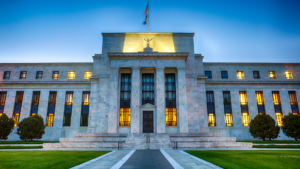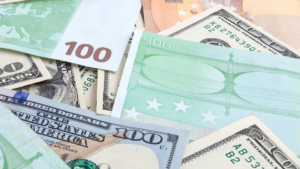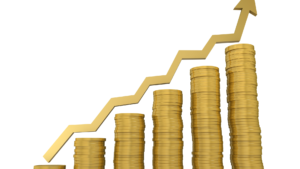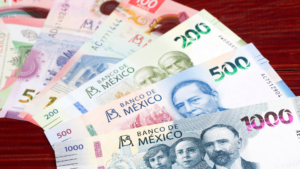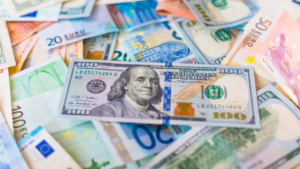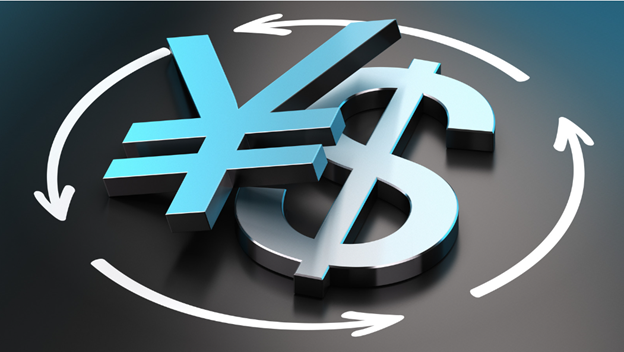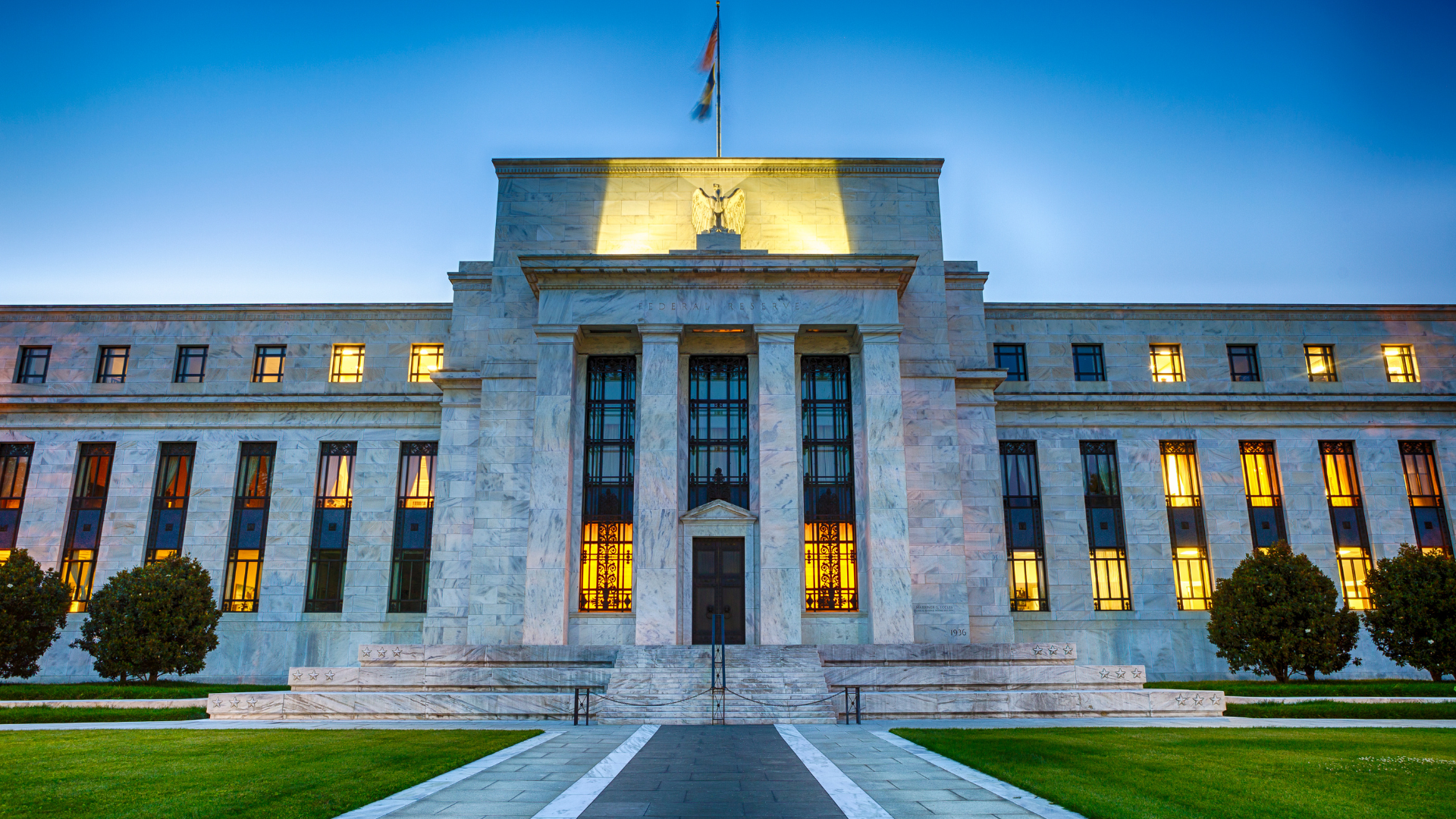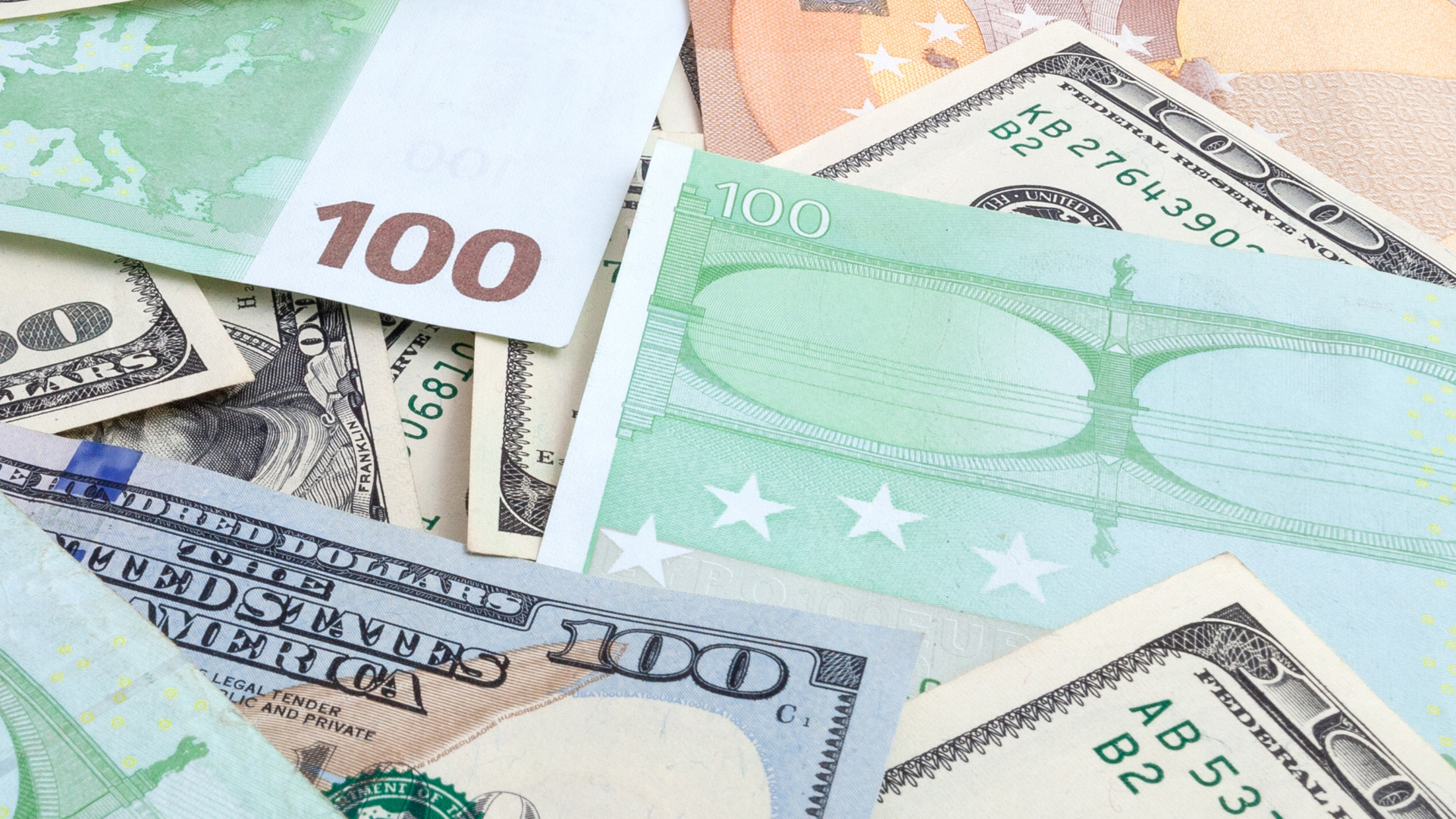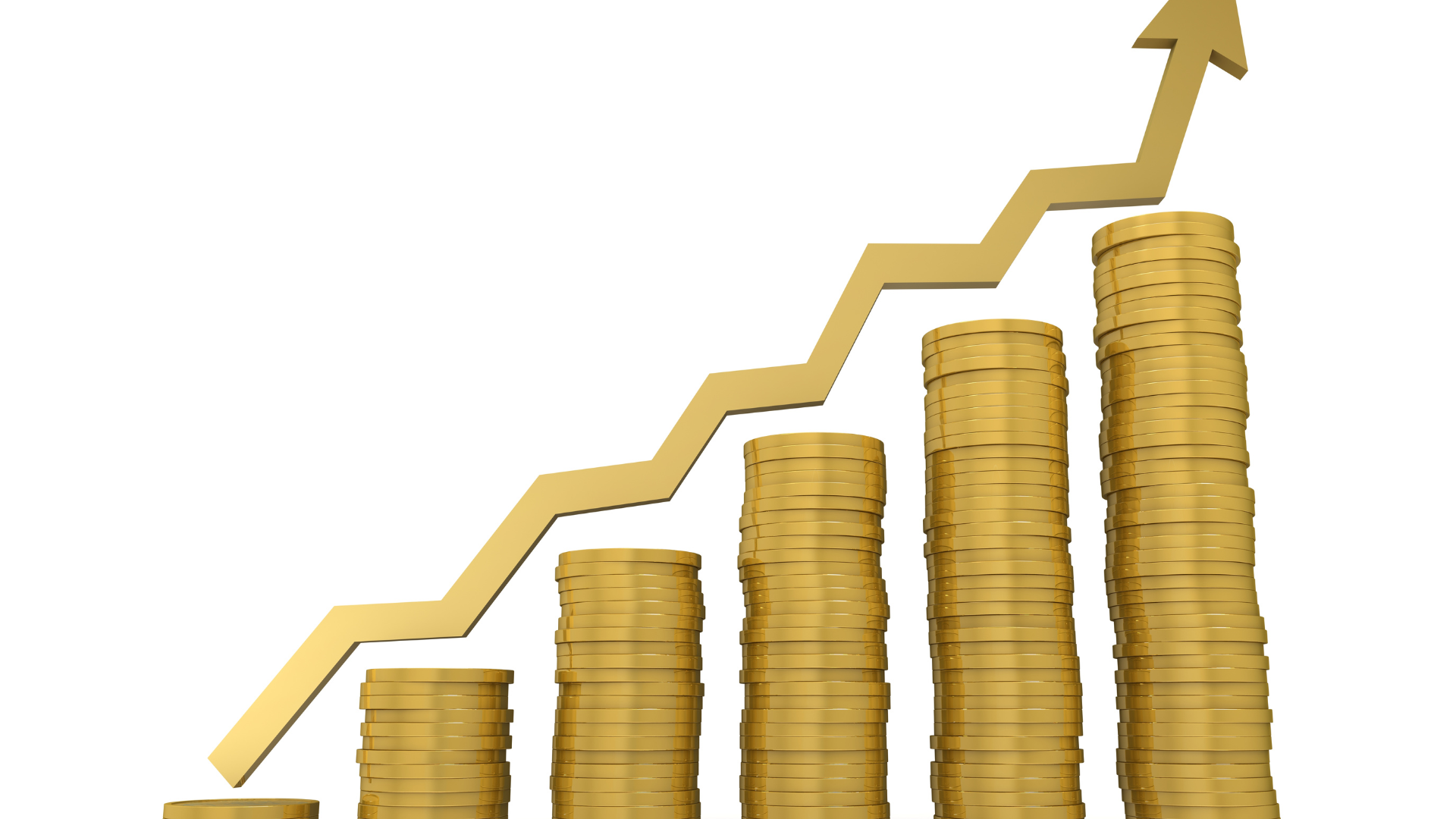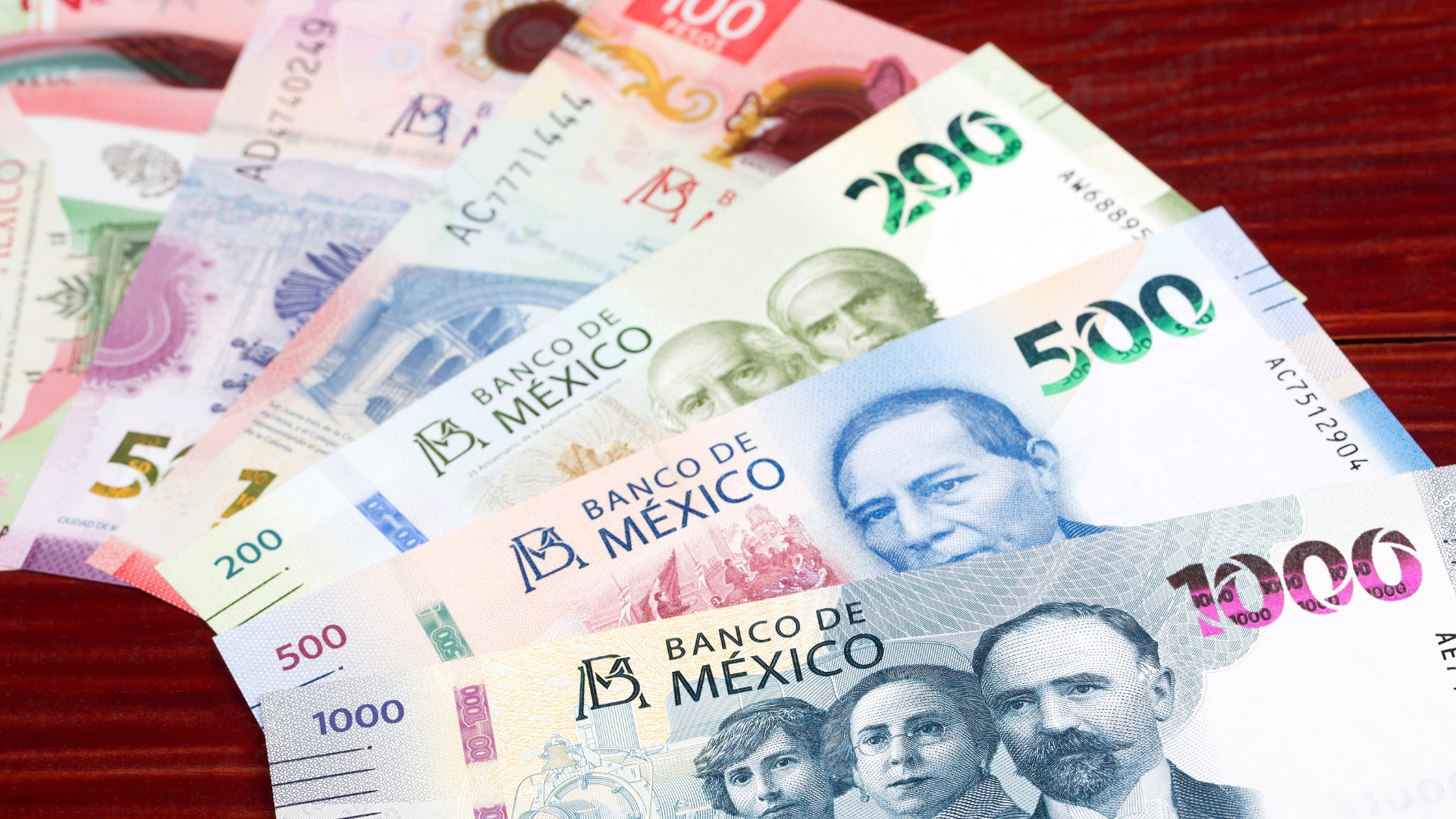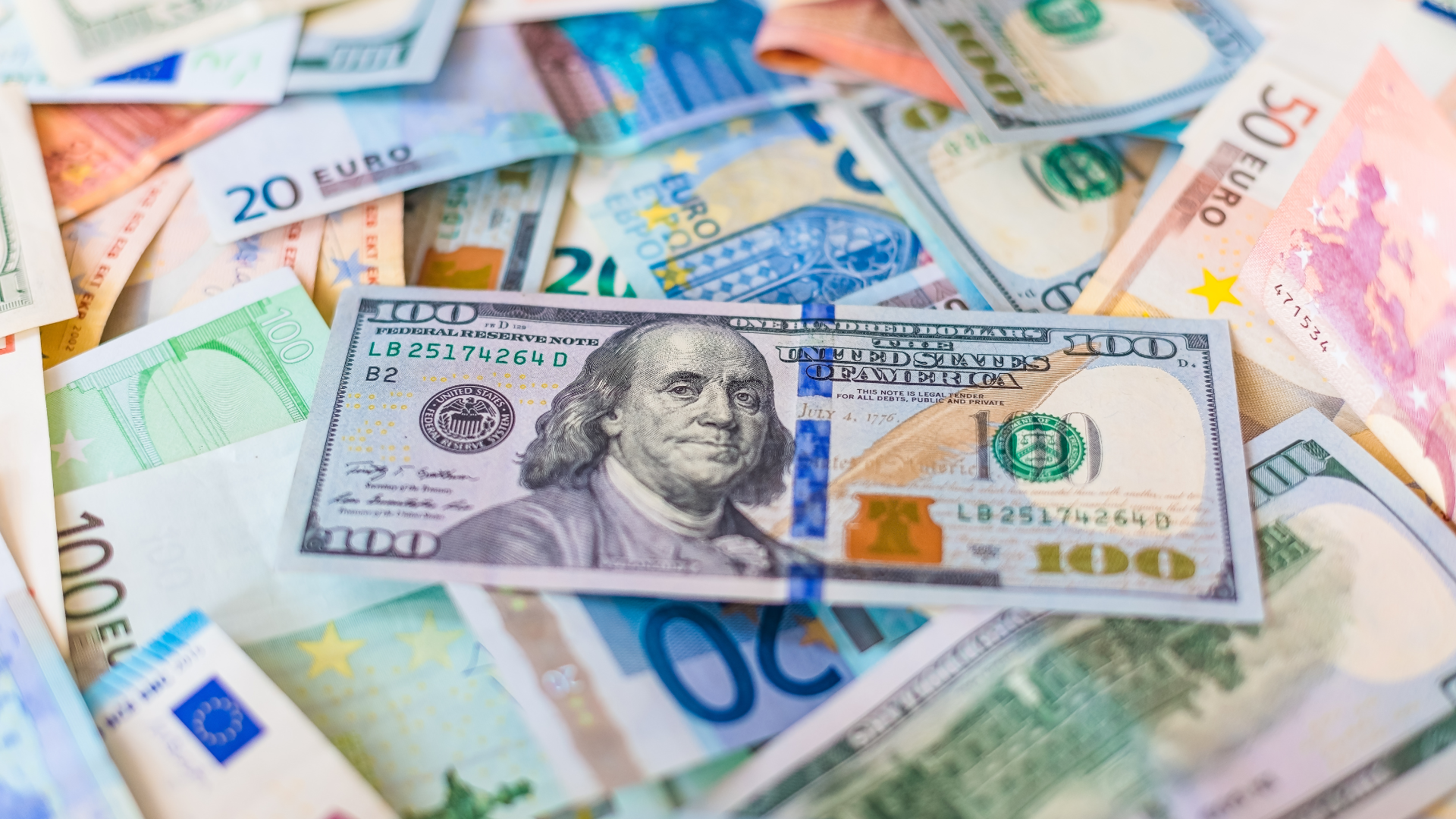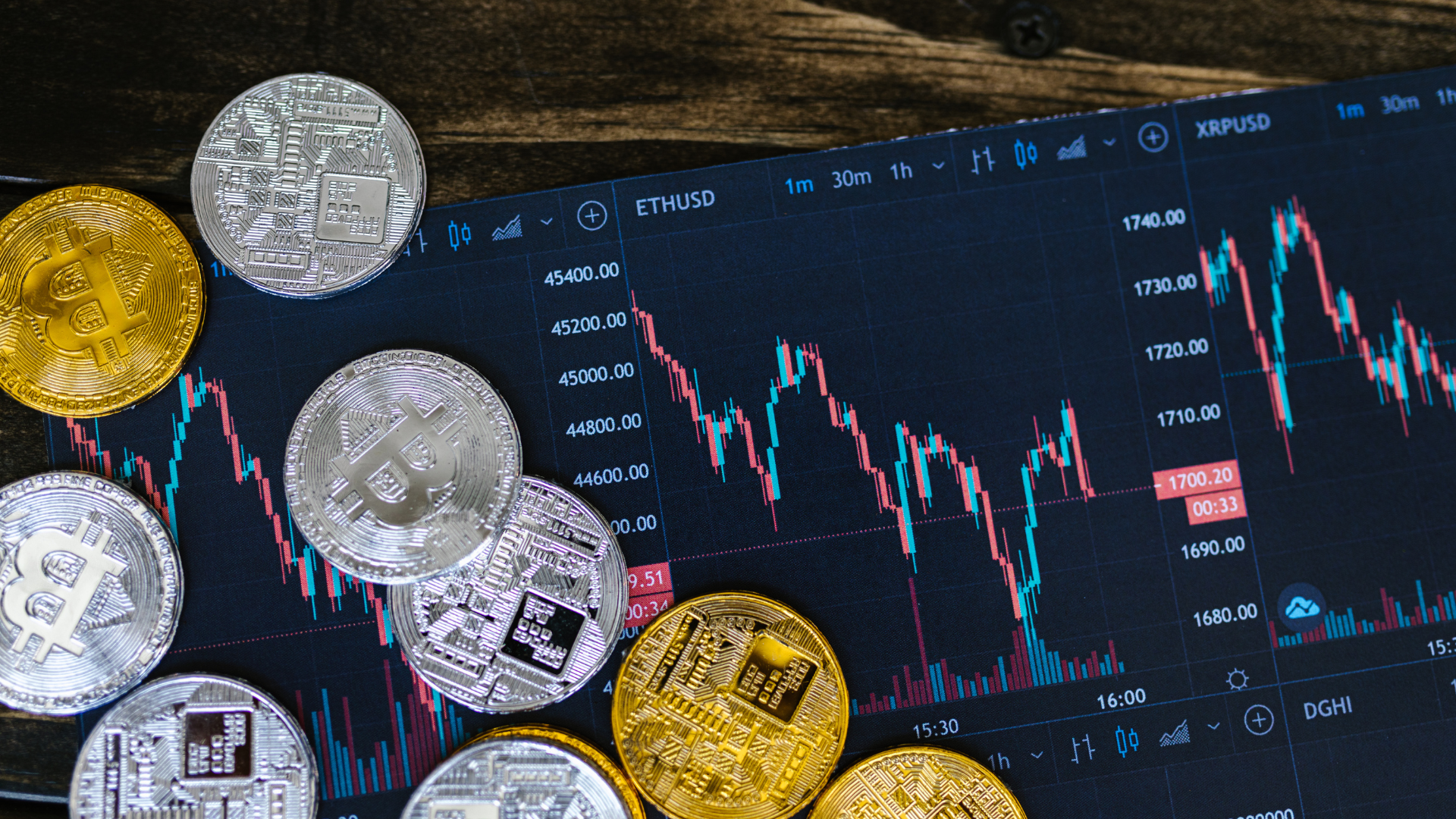The U.S. dollar climbed to a 2.5-month peak on Wednesday as expectations grew that the Federal Reserve would continue raising interest rates to tackle inflation. This strength in the dollar is putting pressure on the Japanese yen, which has been weakening due to the contrasting approaches of the Federal Reserve and the Bank of Japan (BoJ).
With persistent inflation in the U.S., investors are increasingly confident that the Fed will maintain higher interest rates for a prolonged period. As a result, the dollar has gained momentum, as higher U.S. yields make the greenback more attractive. In contrast, the yen has been losing ground as the BoJ sticks to its ultra-loose monetary policy, keeping rates near zero.
The growing divergence between U.S. and Japanese monetary policies has deepened the yen’s decline. This has prompted speculation about potential intervention by Japanese authorities to stabilize the currency, although no action has been taken so far. Traders are closely watching for any shifts in Japan’s policy, but the yen remains under significant downward pressure.
Globally, the dollar’s rise is also supported by risk-averse investors seeking safe assets amid economic uncertainty. While other major currencies like the euro and British pound are facing similar challenges, the yen’s fall is more pronounced due to the stark contrast in policy between Japan and the U.S.
Analysts are monitoring how both central banks will respond in the coming months. If the Federal Reserve maintains its commitment to higher interest rates and the BoJ remains cautious about tightening, the dollar could continue its ascent while the yen faces further losses. Unless Japan shifts its policy approach, the yen is likely to remain weak as the dollar strengthens. As traders await more guidance from the Fed and BoJ, volatility in the USD/JPY pair is expected to persist, with investors positioning themselves for potential changes in global monetary policy.


